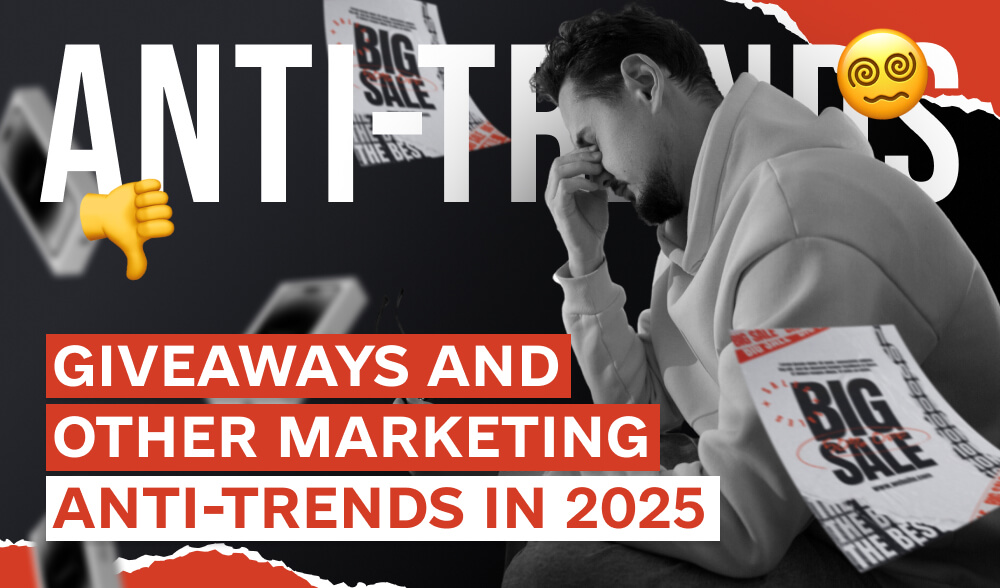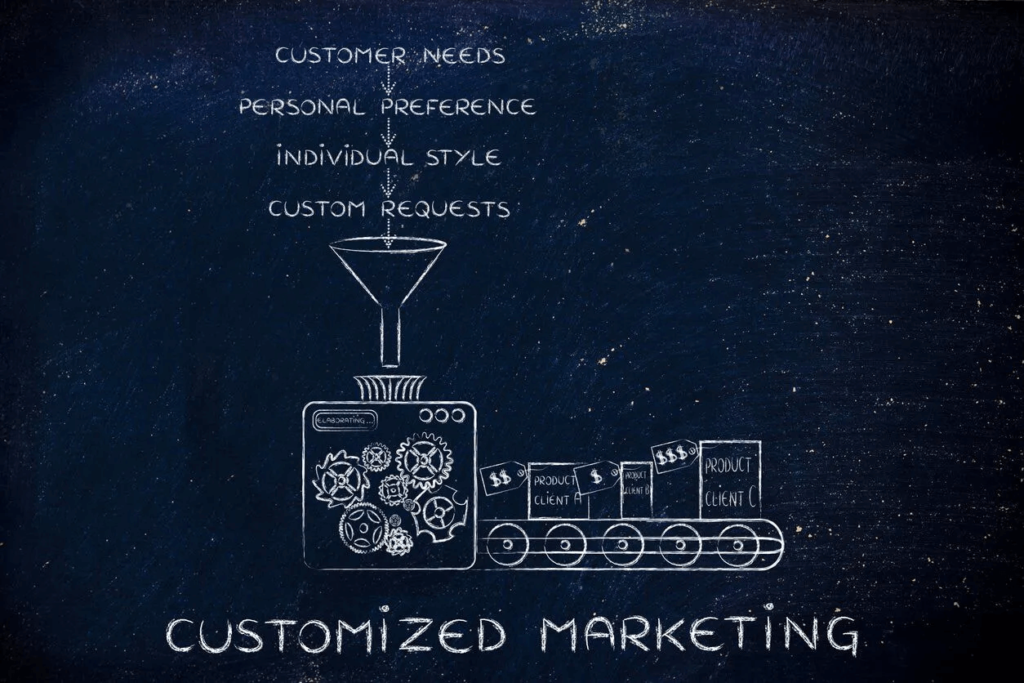Don't miss interesting news


Marketing has changed beyond recognition in recent years. We can no longer simply sell a product successfully without communicating with the target audience and building trust in the brand. However, even in 2025, many companies still use “must-have” tools that have long since exhausted themselves. And it’s not just about technology, but also about the mindset and overall vision of their business from a marketing perspective.
This article will contain information about marketing approaches that should be left in the past, even if they still give someone the illusion of results.
Many companies have turned promotions and discounts into the only tool to keep attention. As a result, the audience stops seeing the true value of the product and thinks that it is not worth buying without -30%. This devalues the brand and makes the user dependent on the incentive, when there is no action without a discount.
The problem is not in the promotions themselves, but in the fact that they have become a systemic surrogate for value communication. If a customer buys only on a special offer, it is not a signal for the next sale, but for a revision of the positioning, value, and brand offer.
What is better: to develop value communication, demonstrate quality, form a community, invest in after-sales experience, interactivity of product impressions.
Imaginary activity on social media, when content is created “because you need to post something,” is another trap. Content without a connection to a sales funnel or brand goal will not only not work well, but will also blur the brand image. One thing today, another tomorrow, then a pause or something else is not okay. Algorithms don’t like that, and neither do people.
What is better: to have a content strategy that is linked to marketing goals, funnel phases, and specific point tasks (whether it is entertainment, warm-up, proof of expertise, call to action, etc.).

Another sore spot: marketing on intuition. Campaigns are launched “because everyone else is doing it and it’s the norm”, KPIs are considered only in hindsight, and iterations are random or absent. Some still make too many decisions based on feelings rather than facts.
Marketing without analytics is like driving with your eyes closed. Maybe you’ll get lucky. But most likely not. While competitors are testing, counting, segmenting, and optimizing every hryvnia of investment, companies without an analytical foundation are wasting their budgets on touch.
And it’s not just about controlling dashboards and graphs. It is, first of all, a way of thinking: testing hypotheses, tracking changes in user behavior, understanding which actions bring results and which are simply unnecessary.
Every campaign must be verified by numbers. Sometimes it’s not about big budgets, but simply about the ability to read what is already at hand. Even basic retention rates, email open rates, view depth, and repeat visits give you clues as to where to go. Without this culture of analysis, marketing becomes a guessing game. And in a competitive environment, this is too expensive a risk.

This format is rare, but some people are still latently in love with it. After all, it brings some likes, subscriptions, coverage… Yes, but not loyalty to the business and not the readiness of that audience to buy something from you. The lured audience often never becomes customers, but algorithms notice everything and lower the priority of such content. So in the long run, it’s not a good idea. If your goal is to engage, then build high-quality mechanics where there is interaction with the product, not just a conditional fight for a free gift.
Sending a standardized email or chatbot newsletter is like speaking to a room full of people with different interests, hoping that one message will touch everyone. It’s a waste of resources and also annoys many real or potential customers. Users expect a brand to address them in a more personalized way, taking into account their interests.
If you get carried away with low-quality emails, open rates will drop and customers will lose trust. Nowadays, we need not only automation, but also an emotional and intellectual approach to communication.
Start with deep segmentation: divide your database into categories based on behavioral traits, customer types, or funnel stages. Study the expectations of each segment and adapt the content to their context. And most importantly: address people, not a “contact database”.
If your brand changes its style, narrative, or tone every month to be “in the know,” it loses its uniqueness. This gives the impression that the company does not have its own vision, but only follows trends.
Trends are not a universal recipe. Their effectiveness depends on the audience, the nature of the product, and the stage at which the brand is at. Some companies should really rely on visual aesthetics because it meets the expectations of their target audience, such as clothing or cosmetics brands with premium positioning. But for many others, it is more important to demonstrate “realness” – real life, real people, honest stories, and jokes that are vital to the target audience. For such brands, an overly polished visual can cause distrust or devalue their authenticity.
The problem begins when a company simply copies trends without first analyzing whether it fits its DNA. It may look “fashionable” from the outside, but in general, it is “out of touch”.
Dry and formulaic communication creates the illusion of conveying information, but does not build trust. Brands without their own voice and manner are lost among others. And people identify with those who speak a language they understand. Therefore, the same template communications for all segments of the target audience is a way to indifference of the audience.
Some people like a restrained and serious tone, but not everyone. For example, a natural cosmetics brand can benefit from a poetic tone and romanticization in communication. On the contrary, a local manufacturer of coffee shop equipment will sound better with a lively, straightforward, and unadorned tone.
In both cases, it is important to keep in mind that the language and ToV should reflect the essence and positioning of the brand.

It’s time to leave these tools in the past. All of them worked once, but today they are in the way. Marketing has become deeper, smarter, more responsible. So it’s time to keep up with these general trends.